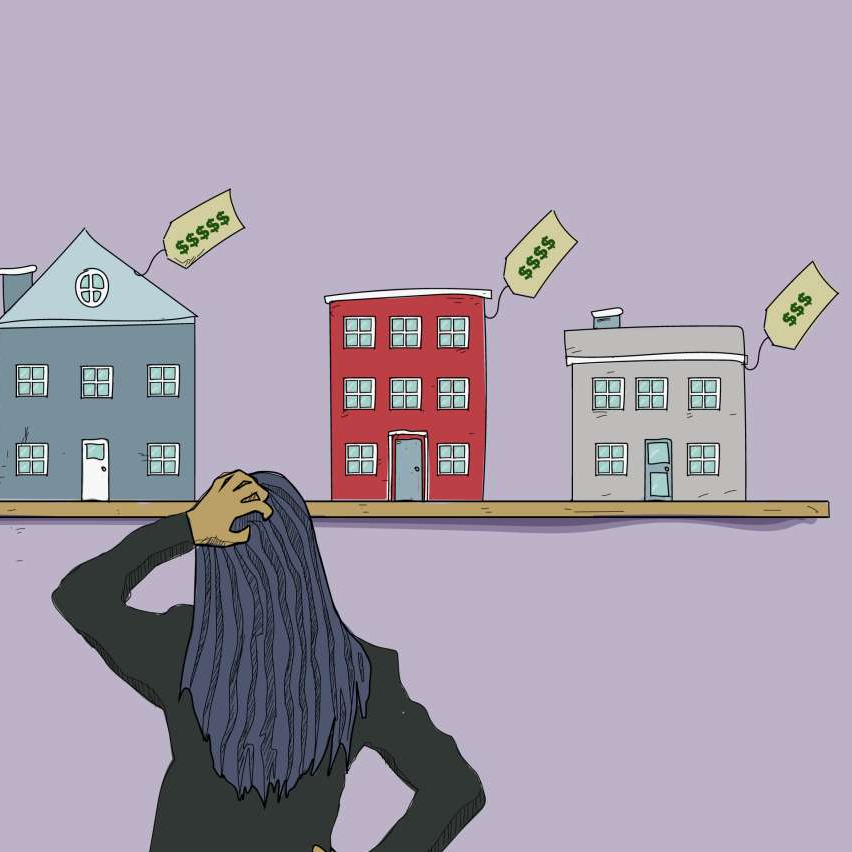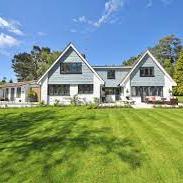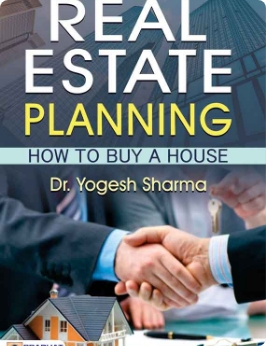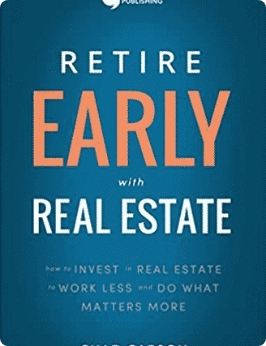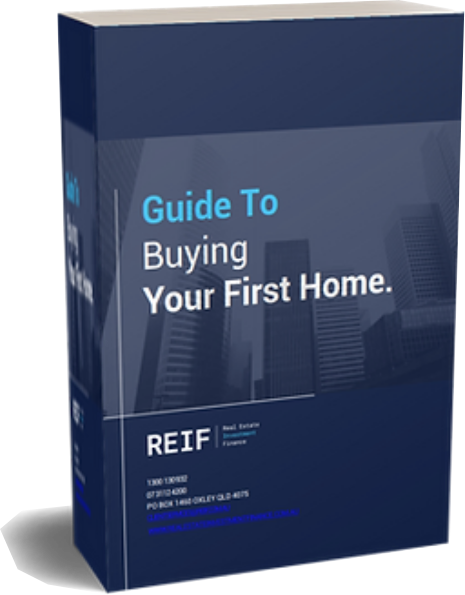Rising mortgage rates can have a significant influence on prospective buyers. Rising mortgage rates force buyers to make one of two trade-offs: either purchase a home outside their price range but with manageable monthly payments or accept a lower home price but keep their target mortgage payment the same.
There are various ways to raise your home-buying budget, even if you haven’t been able to save up for a sizable down payment. This article will show you how to get the most out of your housing dollar in today’s pricey market. The three ways you can buy more houses without spending more money:
1. Put in a request for paying the deposit.
In every state, you may find at least one of the more than 2,000 down payment assistance (DPA) programs available. Local and state governments often sponsor such assistance initiatives. As well as one or more of them probably operates in the area you’re looking to purchase in.
Assuming you have saved up enough for a down payment and closing expenses, down payment assistance could make it possible to buy a property for less out of pocket.
DPAs cater primarily to those who are purchasing their first homes. You may be able to get help even if you’ve had house ownership before. You may qualify for monetary assistance if your salary is below average for the area where you plan to purchase a home with down payment help.
There are four common types of down payment help:
- A loan that doesn’t require repayment is called an “outright grant.”
- A loan that can be forgiven has zero interest and no installments. w will eventually erase the loan if you don’t sell or refinance the property.
- A deferred loan with no interest means you don’t have to make payments for a while. When you sell, refinance, move out, or pay off your principal mortgage, you’ll have to pay that money back.
- c can pay a loan back over time; interest rates are often lower than a primary mortgage, and payments are made monthly.
Many programs that help with the initial outlay of money for home purchases have strict eligibility conditions, such as a maximum household income or purchase price. Discuss your options with a lender to see if you qualify and what is available in your area.
2. Consider a gift toward the mortgage.
Do you know someone wealthy and kind? You can use a gift for your down payment on most loans. However, you must follow some protocols while giving and accepting monetary donations. Some of these are:
- Formalize the agreement with a letter of gift.
- Give an account of money from the donor’s account to yours, complete with the origin of the funds.
The loan doesn’t need to pay for the entire down payment. A modest monetary donation could complement your funds and allow you to purchase a home that would otherwise be out of your price range.
3. Borrow money to help with closing costs.
If you want to buy a home but are on a tight budget, one strategy is to reduce the amount of money you have to pay at closing. When you have fewer out-of-pocket costs, you have more money for the down payment. And it means you’ll be able to buy a better house.
Many (though not all) down payment assistance programs can also help with closing costs. You can still get help with closing costs even if you don’t meet the requirements for DPA. For example, sellers sometimes help out. As “sellers’ markets” dominate the real estate landscape across the US, sellers rarely have the upper hand in negotiations.
However, if you’re trying to buy a house in a market with fewer buyers than sellers, the one you’re dealing with might be more than willing to bend backward to make the deal work. And some mortgage banks provide something called “lender credits. With them, you pay a higher mortgage rate for lower or nil closing fees. Lastly, if you have a relative ready to help, you might ask them to chip in toward your closing costs.
Contact Information:
Email: [email protected]
Phone: 3465556789

